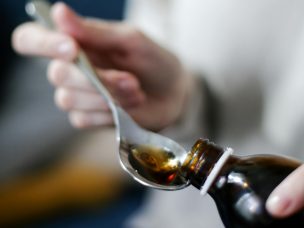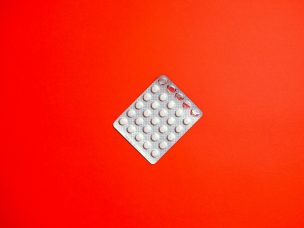There was a substantial decrease in asthma exacerbations among Black and Hispanic patients during the COVID-19 pandemic, according to a study recently published in the Journal of Allergy and Clinical Immunology: In Practice.
Justin D. Salciccioli, M.B.B.S., from Brigham and Women’s Hospital in Boston, and colleagues used data from the PREPARE study of reliever-triggered inhaled corticosteroid strategy in African American/Black and Hispanic/Latinx adults (aged 18 to 75 years) with moderate-to-severe asthma. Changes in asthma control during the COVID-19 pandemic were assessed (first and second quarters of 2019 versus 2020) for 1,178 participants.
The researchers observed a significant decrease from Q1 to Q2 of 2020 versus the same time period in 2019, with a difference-in-differences of −0.47 exacerbations per year (representing a relative reduction of 41 percent). Asthma exacerbation decreased 50 percent in Hispanic/Latinx and 27 percent in African American/Black patients. Decreases were larger among participants who worked outside of the home at study entry (−65 percent) versus those who worked at home (−23 percent). For individuals without a type-2 helper T-cell phenotype, decreases in exacerbations were greater, with exacerbations falling by 51 percent for individuals with a blood eosinophil count below the median (192 cells/μL) versus 34 percent for those above the median.
“This is the first study to assess asthma exacerbation before and after the COVID-19 pandemic using data that are unlikely to be affected by patients avoiding the health care system,” Salciccioli said in a statement. “Because this was part of a prospective trial that started before the pandemic and was planned to be remote, it gave us a unique window into how changes during the pandemic may have led to a dramatic decrease in asthma exacerbation.”
One author disclosed financial ties to the pharmaceutical industry.










